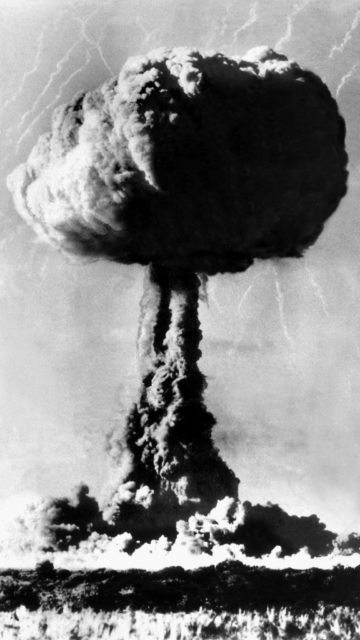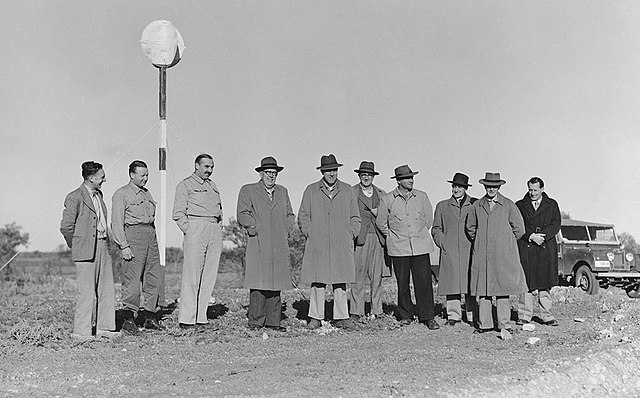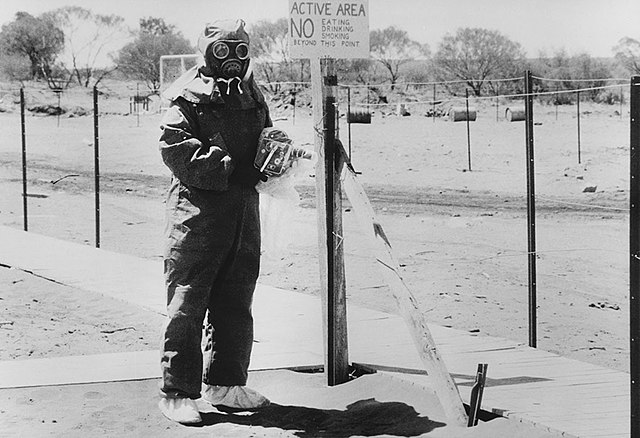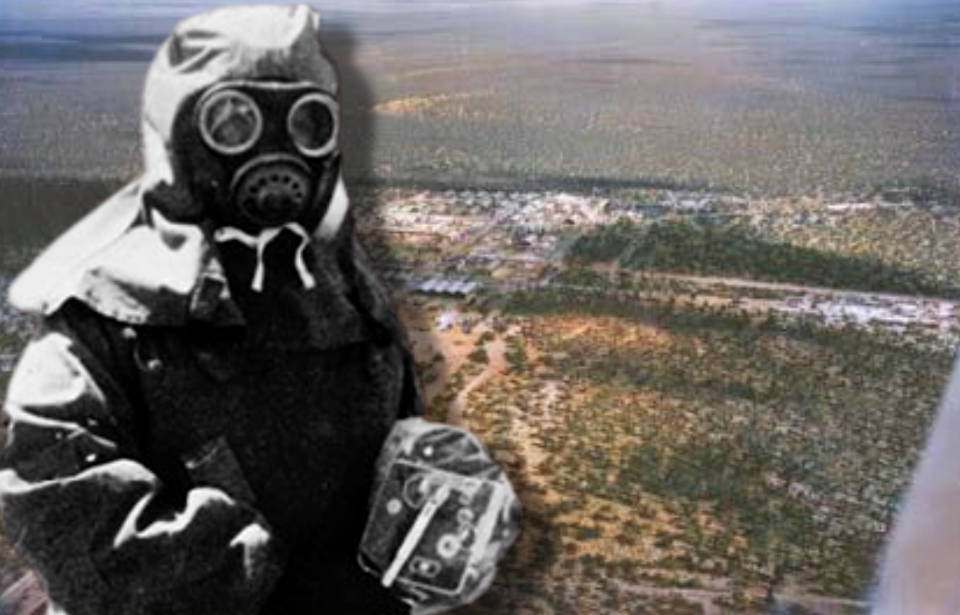The end of World War II saw the rise of atomic arsenals, especially in Britain. Wanting to improve the effectiveness of its nuclear technology, the nation approached Australia about conducting trials in its remote bush. While the Australians granted the United Kingdom access, the lasting effects of these nuclear tests on the Outback are still being felt seven decades later.
British nuclear tests in the Australian Outback

Britain conducted 12 nuclear tests in Australia during the 1950s and ’60s, along with hundreds of smaller trials. Seven of those were in Maralinga, a remote area in South Australia’s Great Victoria Desert. These were done to test the performance and safety of the nuclear technology being produced.
The primary tests were dubbed Operation Buffalo and Operation Antler. Despite those two being the larger of the trials, the smaller tests are said to have generated more nuclear contamination. Some produced mushroom clouds that reached 47,000 feet in height, and the radioactive fallout is said to have traveled as far as the city of Townsville.
The worst testing occurred in 1960, ’61 and ’63 as part of the Vixen B trials at the Taranaki site. The British nuclear tests aimed to investigate the effects of fire on nuclear weapons, and resulted in the release of over 40 kg of uranium and 22.2 kg of plutonium. In comparison, the atomic bombs dropped on Japan during WWII – Little Boy and Fat Man – held 64 kg of uranium and 6.4 kg of plutonium, respectively.
Cleaning up the Australian Outback after the nuclear tests

Britain ended its nuclear tests in the Australian Outback in 1963, after both countries signed the United Nations Partial Ban Treaty. It began cleaning up the site in 1967, burying contaminated material in concrete-covered trenches. After a report by British physicist Noah Pearce was published in 1968, Australia released Britain of any further liability in Maralinga – though now, we know that report was flawed.
The full extent of the nuclear tests wasn’t discovered until 1984, following growing public scrutiny. A 1984-85 Royal Commission report found the site still housed “significant radiation hazards.” It also criticized Australia’s monitoring of the trials’ safety, with a significant focus on its impact on the area’s Indigenous population.
Despite the native title of the land being granted to the Tjarutja people in 1985, a proper, full-scale cleanup didn’t occur until 10 years later. It took the Australian government five years to complete, with the final bill totaling over $170 million. Britain agreed to pay for part of the cost ex gratia, offering €20 million in 1993.
By 2000, all but 120 square kilometers of the around 3,200 square kilometers were deemed clean enough for unrestricted access.
Radiation concerns still remain

The Maralinga Rehabilitation Technical Advisory Panel (MARTAC) reported in the early 2000s that the plutonium contamination at the Taranaki site had been incorrect by a factor of 10. They wrote, “A comparison between the levels reported by the U.K. at the time and the field results reported by the Australian Radiation Laboratory […] demonstrates an underestimate of the plutonium contamination about an order of magnitude.”
Recent research conducted by Melbourne’s Monash University found that “hot particles” still exist in the soil. These are microscopic remnants of uranium and plutonium, which, due to the harsh environment of the Australian Outback, are slowly releasing plutonium into the soil and groundwater.
The chemicals present are between a few micrometers and nanometers in size. Some have created “a plutonium-uranium-carbon compound that would be destroyed quickly in the presence of air, but which has held stable by [an iron-aluminum] alloy.” These chemicals are likely the result of the cooling of molten metal droplets from the initial nuclear explosions.
Researchers found the plutonium has resulted in the continued release of radiation into the environment, where it’s absorbed and ingested by humans, animals and plant life. While more research is needed regarding the breakdown of these particles and the impact of weather on their release, the study overall is a guide for environmental protection.
The contamination has caused long-term health effects

Those residing in the area of the Australian Outback where the nuclear tests were conducted complain of the health effects they’ve suffered due to the plutonium contamination. Experts say long-term exposure to plutonium-emitted alpha radiation can cause many issues, including DNA damage, lung cancer and radiation sickness.
Such exposure isn’t absorbed through the skin. It occurs through breathing, eating and drinking contaminated material, meaning those affected are likely getting it from local resources.
Since they were granted access to the land again, the local Indigenous people have faced numerous emotional, social and physical hardships. Food grown near the site is too dangerous to consume, and many find plants are unable to survive in the now-sterile soil. They hope the study will allow for support measures to be put in place to not only protect the environment, but also address the health issues they face.
More from us: The Nuclear War Between Russia and China That Almost Happened
While the Australian government agreed in 2017 to provide increased healthcare for Indigenous people and veterans affected by the nuclear testing conducted at Maralinga, more is needed to ensure the land becomes safe for future habitation and use.
